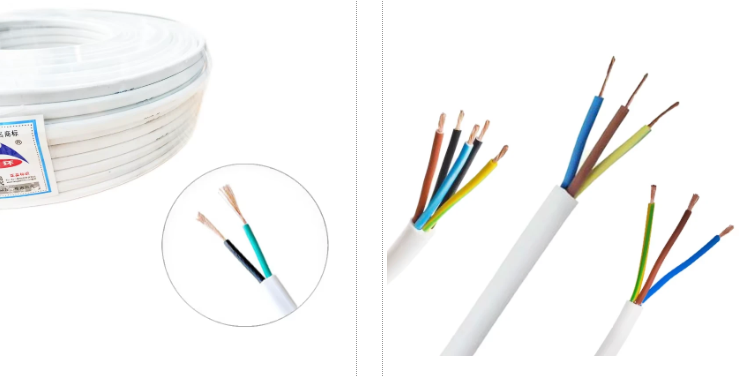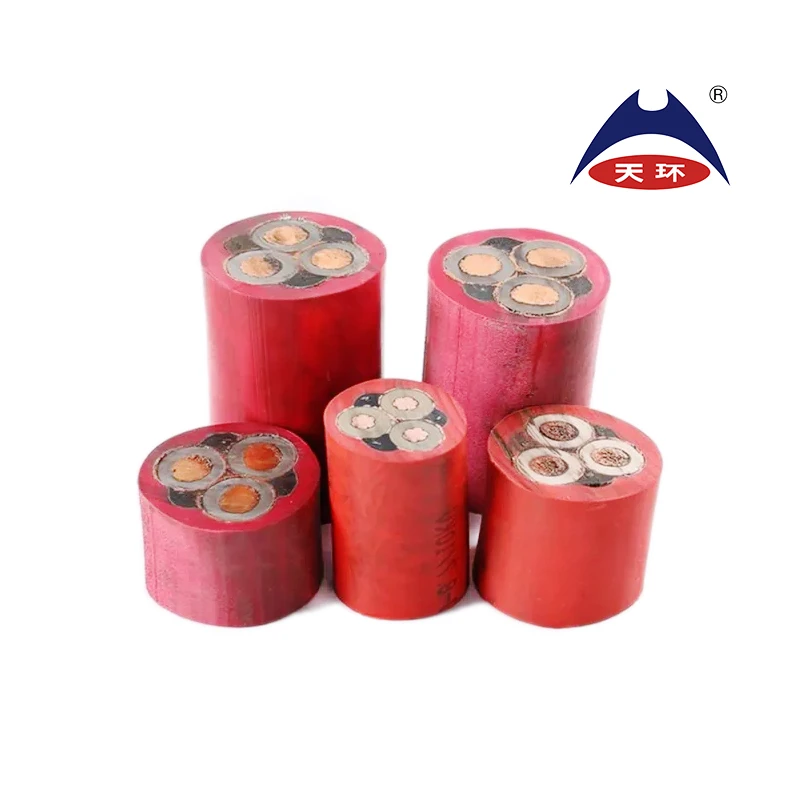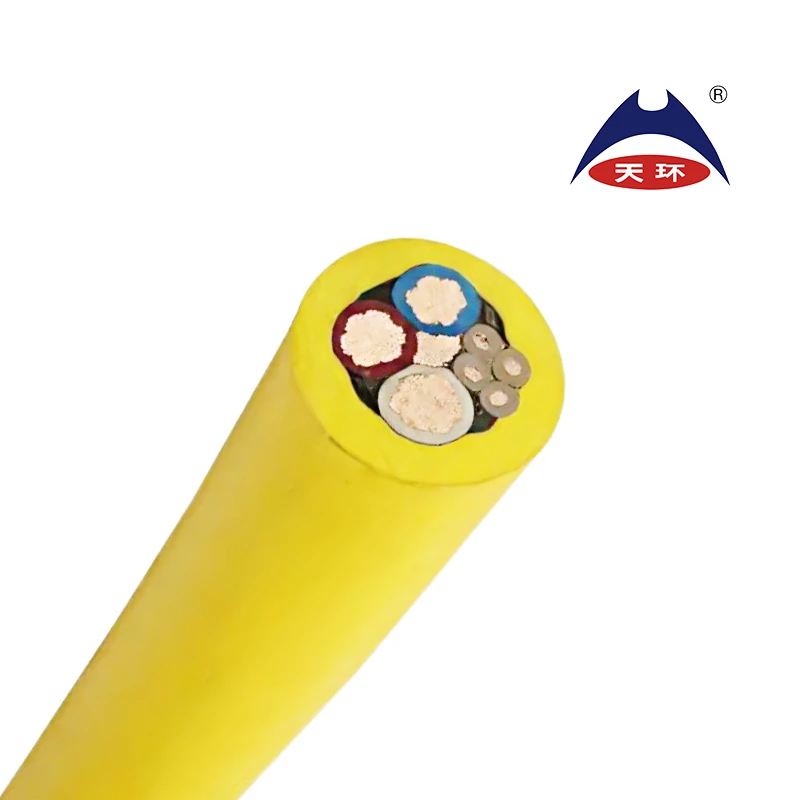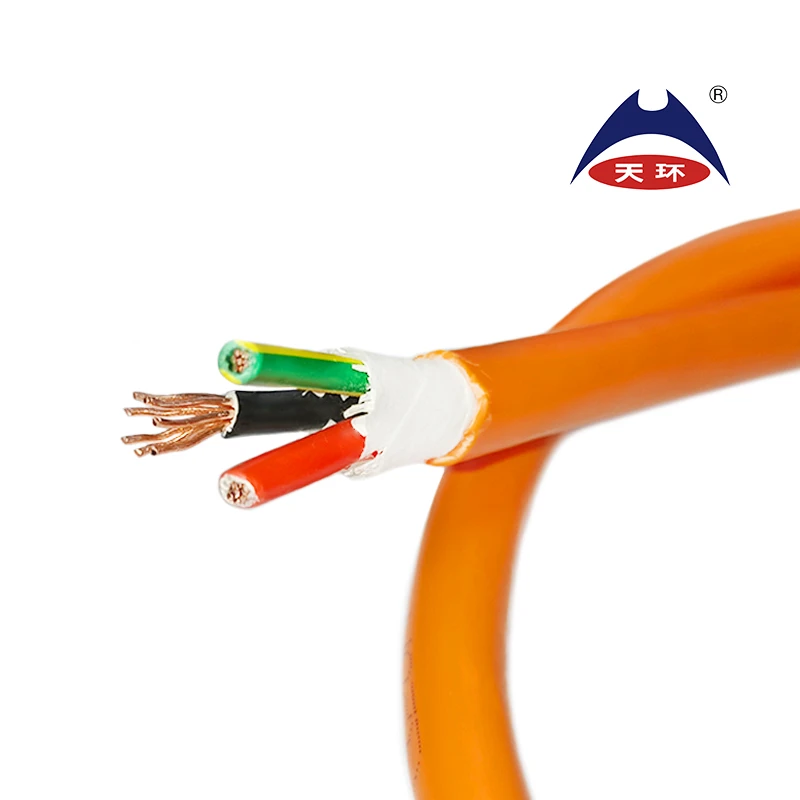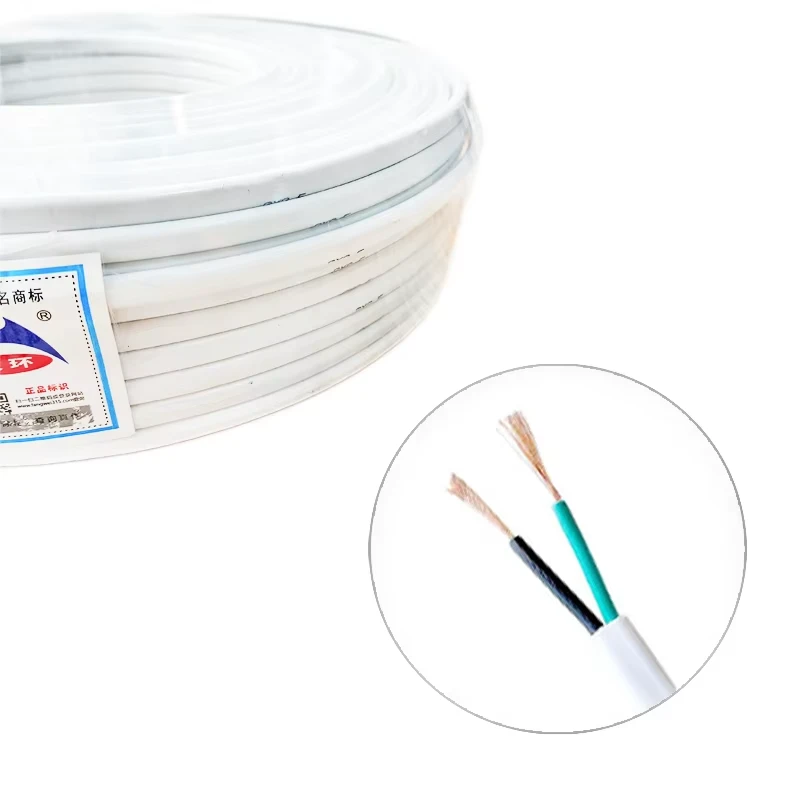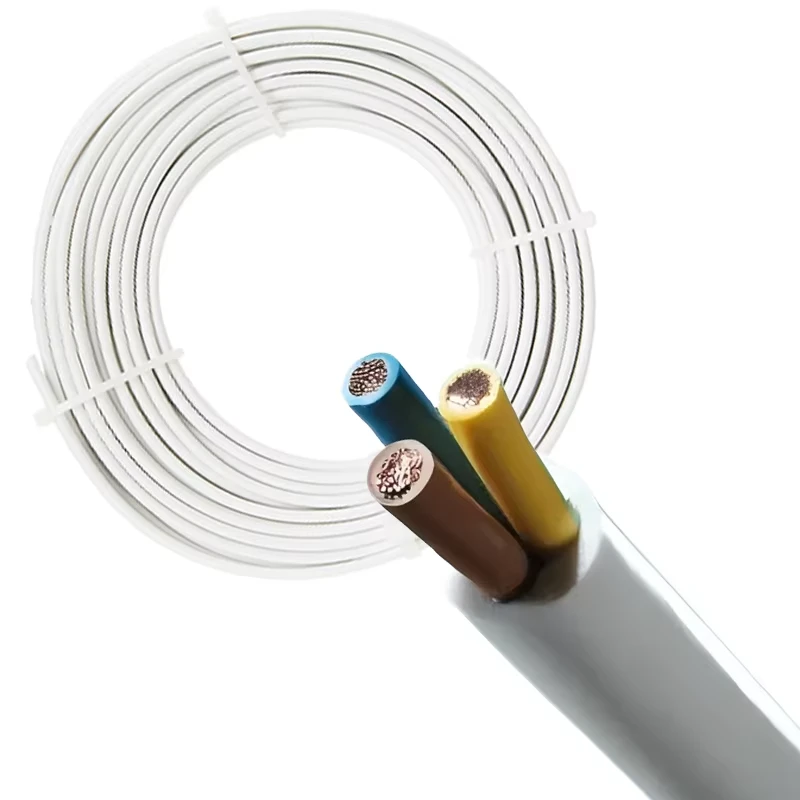
Building Wire that Reliable Electrical Solutions for Residential and Commercial Spaces
Tianhuan Cable Group Co., Ltd.’s building wire—including 6 wire thhn—is essential for reliable, safe electrical circuit in a house and diverse type of electric circuit in a house. By combining high-quality materials, strict quality control, and compliance with global standards, their wires ensure seamless power distribution in residential and commercial spaces. Whether for new construction or renovations, Tianhuan’s building wire solutions deliver durability and performance, making them a trusted choice for electricians and homeowners alike
Building Wire: Core Features and Materials
Building wire is a fundamental component of electrical infrastructure in homes, offices, and industrial buildings, designed to transmit power safely and efficiently. Tianhuan’s building wire is crafted with high-quality conductors—primarily copper or aluminum—chosen for their excellent electrical conductivity. Copper, favored for its superior conductivity and corrosion resistance, is widely used in residential electrical circuit in a house, while aluminum, lighter and cost-effective, suits larger power distribution in commercial spaces.
The insulation and jacketing of building wire are equally critical. Tianhuan uses materials like PVC (polyvinyl chloride) and XLPE (cross-linked polyethylene) for insulation, providing electrical isolation and protection against moisture, heat, and mechanical stress. The outer jacket, often made of PVC or nylon, adds extra durability, ensuring the wire withstands installation and long-term use in walls, ceilings, or conduit systems.
Available in various gauges and configurations (single-core, multi-core), building wire from Tianhuan meets standards like IEC 60227 and EN 50525, making it compatible with global electrical codes. Whether for lighting, outlets, or appliances, it is engineered to deliver consistent performance in electrical circuit in a house and larger commercial setups.
6 Wire THHN: A Versatile Building Wire Variant
6 wire thhn is a specific type of building wire designed for low-voltage electrical systems, widely used in electrical circuit in a house and commercial buildings. THHN stands for “Thermoplastic High Heat-resistant Nylon-coated,” indicating its insulation: a thermoplastic core with a nylon jacket for added protection. Tianhuan’s 6 wire thhn features six conductors bundled together, making it ideal for multi-circuit setups where multiple wires need to be routed efficiently.
Key attributes of 6 wire thhn include:
- Heat Resistance: Rated for continuous operation at 90°C, suitable for areas with high ambient temperatures, such as attics or near heating systems.
- Flexibility: The nylon jacket reduces friction, making it easy to pull through conduit—critical for installing in tight spaces within walls or floors.
- Versatility: Compatible with various type of electric circuit in a house, including branch circuits for outlets, lighting, and small appliances.
This wire is color-coded for easy identification of conductors (e.g., black for hot, white for neutral, green for ground), simplifying installation and ensuring compliance with safety standards. Its design makes 6 wire thhn a go-to choice for electricians working on residential renovations or new construction.
Type of Electric Circuit in a House: Key Classifications
A type of electric circuit in a house is defined by its purpose, voltage, and load capacity, and Tianhuan’s building wire is tailored to support each type. Common classifications include:
Branch Circuits for Lighting: These low-load circuits power light fixtures and small devices (e.g., lamps, fans). They use smaller-gauge building wire (e.g., 14 AWG) and are protected by 15-amp breakers. Tianhuan’s H05V2-K wire, a multi-strand flexible copper conductor, is ideal here for its flexibility and heat resistance.
Appliance Circuits: Designed for heavy-duty appliances (e.g., refrigerators, ovens), these circuits require thicker wire (e.g., 10 AWG) to handle 20-amp loads. 6 wire thhn is often used here, with its heat resistance ensuring safety near high-wattage appliances.
General-Purpose Circuits: These serve outlets in living rooms, bedrooms, etc., supporting a mix of devices. They typically use 12 AWG wire (20-amp) and rely on building wire like Tianhuan’s H05V2V2-F, which features PVC insulation for moisture resistance.
Dedicated Circuits: For large appliances (e.g., air conditioners, electric stoves), dedicated circuits use 8-6 AWG wire and 30-50 amp breakers. Tianhuan’s XLPE-insulated building wire is preferred here for its high current-carrying capacity.
Each type of electric circuit in a house relies on building wire that matches its load and environment, ensuring safe and efficient power distribution.
Electrical Circuit in a House: How Building Wire Enables Functionality
An electrical circuit in a house is a closed loop that delivers power from the main service panel to outlets, fixtures, and appliances—and building wire forms the critical links in this loop. Tianhuan’s building wire ensures each component of the circuit works seamlessly:
- Service Entrance: Wires from the utility pole enter the main panel, where power is distributed to individual circuits via building wire(often THHN or XLPE-insulated for durability).
- Main Panel to Subpanels: In larger homes, subpanels distribute power to different zones, connected using heavy-gauge building wireto handle high currents.
- Branch Circuits: From the panel, building wireruns through walls or conduit to outlets and fixtures. For example, 6 wire thhn might route power to a kitchen island with multiple outlets, while smaller gauge wire connects to bedroom lighting.
- Grounding: A dedicated ground wire (often green or bare copper) in building wiresystems protects against electrical faults, diverting excess current to the earth and preventing shocks.
Tianhuan’s building wire is engineered to minimize voltage drop, ensuring devices receive consistent power. Its insulation and jacketing also prevent short circuits, a key safety feature in electrical circuit in a house where wires are often hidden in walls.
|
Product Name |
Key Features |
Compatible Circuit Type |
Typical Applications in Homes |
|
Building Wire |
Copper/aluminum conductors, PVC/XLPE insulation |
All residential circuits |
Lighting, outlets, general power |
|
6 Wire THHN |
6 conductors, nylon jacket, 90°C rating |
Appliance circuits, multi-outlet setups |
Kitchens, workshops, high-load areas |
Frequently Asked Questions (FAQs) About Building Wire and Home Circuits
What materials make Tianhuan’s building wire suitable for electrical circuit in a house?
Tianhuan’s building wire uses copper (for conductivity) or aluminum (for cost-effectiveness) conductors, with PVC/XLPE insulation. These materials resist moisture, heat, and corrosion—critical for safe, long-term use in electrical circuit in a house.
How does 6 wire thhn simplify wiring in complex electrical circuit in a house?
6 wire thhn bundles six conductors in one jacket, reducing the number of wires needed for multi-circuit setups (e.g., kitchen islands with multiple outlets). Its nylon coating eases pulling through conduit, saving time in electrical circuit in a house installation.
What is the most common type of electric circuit in a house that uses building wire?
General-purpose circuits are the most common type of electric circuit in a house. They use building wire (12-14 AWG) to power outlets in living spaces, supporting devices like TVs, chargers, and small appliances.
Can building wire from Tianhuan be used in both new construction and renovations?
Yes, Tianhuan’s building wire is versatile enough for new construction (installed in walls during building) and renovations (pulled through existing conduit). Its flexibility and durability make it suitable for both scenarios.
How do different type of electric circuit in a house affect building wire selection?
Each type of electric circuit in a house has unique load requirements: lighting circuits use smaller-gauge building wire (14 AWG), while appliance circuits need thicker wire (10 AWG). Tianhuan offers wires in various gauges to match these needs.
-
Control Cable that Reliable Signal Transmission for Industrial AutomationKabarAug.23,2025
-
Innovations in Overhead Power Cables that Enhancing Grid Resilience with Advanced Aerial ConstructionKabarAug.23,2025
-
XLPE Electrical Cable that Reliable Power Solutions from Tianhuan CableKabarAug.23,2025
-
Ethylene Propylene Rubber Cable that Durable Solutions from Tianhuan CableKabarAug.23,2025
-
Photovoltaic Cable that Reliable Connectivity for Solar Energy SystemsKabarAug.23,2025
-
Reliable LIYCY Cable Solutions for Low and Medium Voltage ApplicationsKabarJul.14,2025
-
Premium Overhead Electrical Wire Solutions for Low and Medium Voltage ApplicationsKabarJul.14,2025





